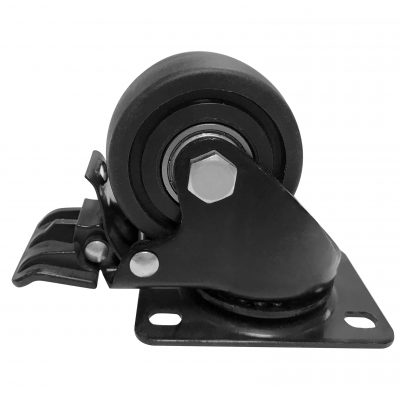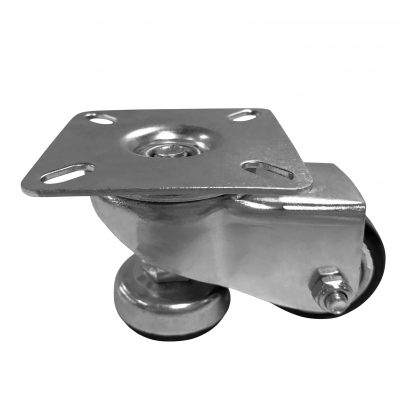The next generation of industrial trolleys is expected to introduce innovative maneuverability features that enhance efficiency, safety, and adaptability in various industrial environments. These advancements will be driven by technology, ergonomic design, and a focus on optimizing material handling processes. Here are some innovative maneuverability features we can expect to see in next-gen industrial trolleys:
- Autonomous Navigation: Trolleys equipped with sensors and navigation systems will be able to move autonomously along predetermined paths, optimizing movement within busy and confined spaces.
- Obstacle Avoidance: Advanced sensors and cameras will enable trolleys to detect obstacles in their path and adjust their route to avoid collisions.
- Gesture and Voice Control: Trolleys may incorporate gesture or voice control features, allowing operators to guide them using intuitive gestures or voice commands.
- Smart Path Planning: Trolleys could use real-time data to select the most efficient routes, avoiding congested areas and optimizing delivery or transport paths.
- Swarm Robotics: A group of interconnected trolleys could operate in coordination, adapting their movement patterns collectively to improve overall efficiency.
- Variable Speed Control: Trolleys with variable speed settings can allow operators to adjust their pace according to the specific task and load, ensuring safety and control.
- Remote Control and Telemetry: Remote control capabilities could allow operators to guide trolleys from a distance, making it easier to navigate through complex spaces.
- Terrain Adaptability: Trolleys with adjustable wheel height or specialized wheel designs can adapt to different terrains, including uneven surfaces and stairs.
- Foldable and Compact Design: Trolleys that can fold or compactly collapse will enable easier storage when not in use, saving space in crowded environments.
- Ergonomic Maneuvering Systems: Advanced ergonomic handles, swivel mechanisms, and weight-balancing features will allow operators to maneuver trolleys comfortably and efficiently.
- AI-Powered Path Optimization: Artificial intelligence algorithms can learn from historical movement patterns and optimize routes based on real-time data.
- Augmented Reality Assistance: Augmented reality displays could provide operators with real-time navigation assistance, helping them follow optimal paths and avoid obstacles.
- Energy Regeneration: Trolleys might incorporate regenerative braking systems that capture and convert kinetic energy back into electrical energy for recharging, enhancing efficiency.
- Collapsible Casters: Casters that can retract or extend will allow trolleys to adapt to various spaces and conditions without compromising stability.
- Integration with Wearables: Trolleys could integrate with wearable devices to provide haptic feedback or transmit navigation information to the operator.
- Multi-Mode Maneuvering: Trolleys might offer different modes of operation, such as autonomous, manual, and guided modes, depending on the specific task or environment.
The next-gen industrial trolleys will revolutionize material handling by leveraging cutting-edge technologies to provide operators with increased control, efficiency, and adaptability. These innovations will not only improve the movement of goods and materials but also contribute to safer and more streamlined operations across various industries.



















